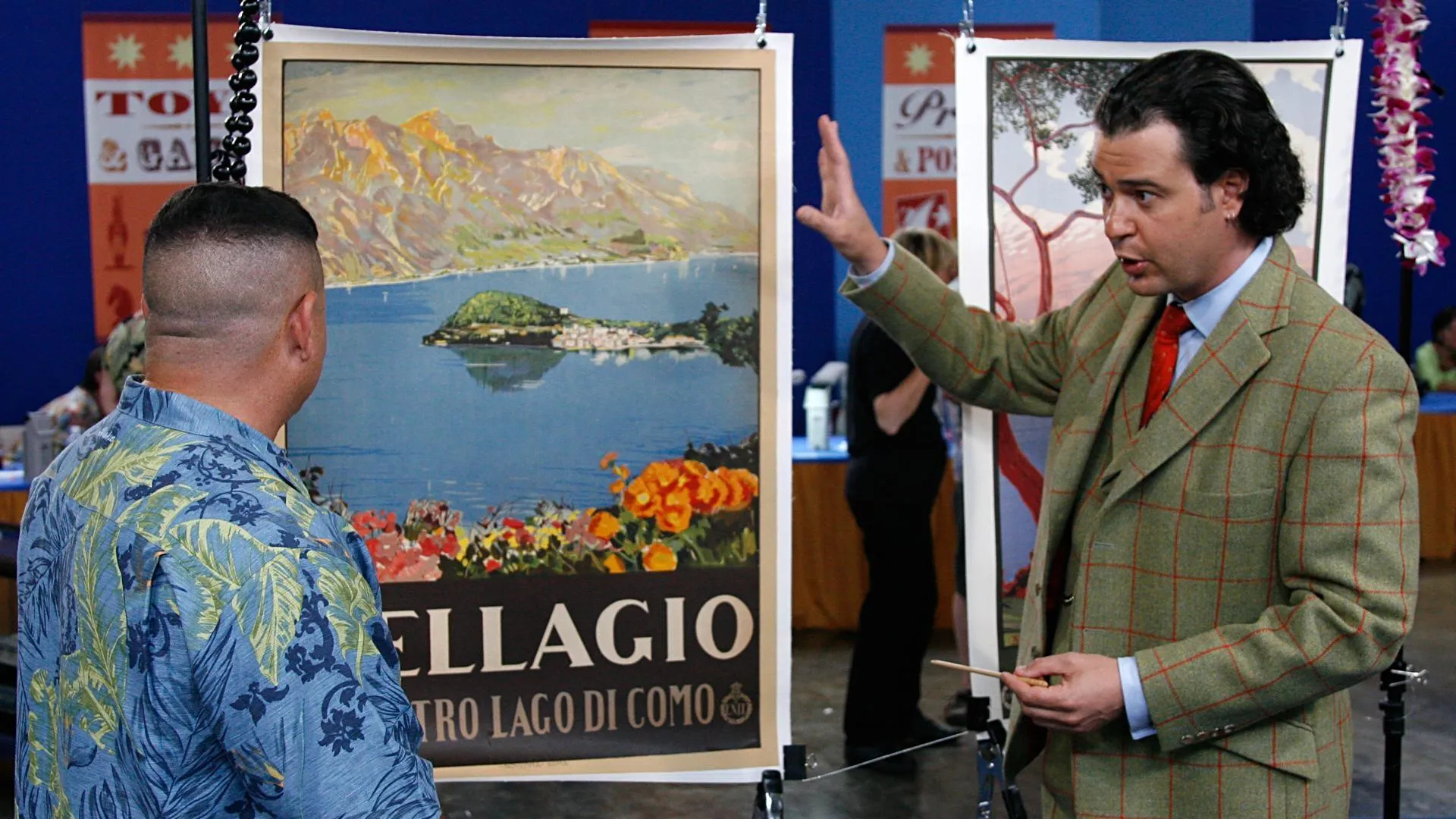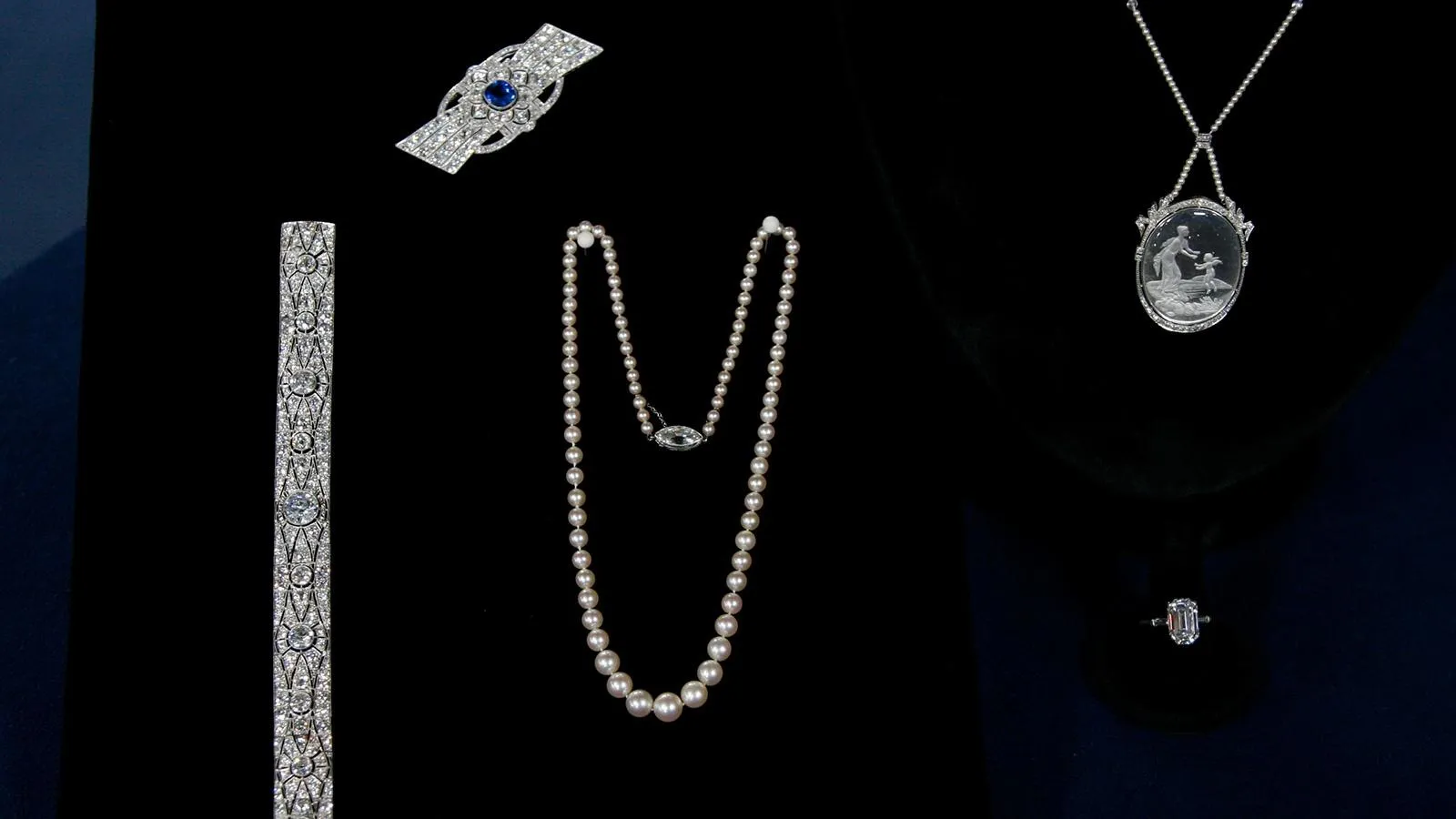GUEST: I inherited it from my father's cousin's wife. She apparently had it from my father's grandmother. It's always been referred to as the fish dish in the family.
APPRAISER: And what part of the country did they live in?
GUEST: Upstate New York, in the Albany area.
APPRAISER: This piece is pottery, and it's called majolica, which is a type of pottery that was very popular in the late 19th century. A lot of it was made in England, but it was also made in the United States, as well as France and Germany, and other places in Europe.
GUEST: Mm-hmm.
APPRAISER: For a good piece of majolica, you like it to be very crisply modeled, like this one is. You could see the scales on the fish are in the modeling.
GUEST: Yes.
APPRAISER: And then these wonderful ferns and leaves in the background. Also, the base has this basket shape, so as if the fish and the plants were in a basket. The inside has this wonderful pink lavender color. The more color, the better it is for collectors. Now, there is a faint mark here, which you had asked me about earlier. And you said that you thought it was the manufacturer's mark. And that is the logical thing to think.
GUEST: Yeah.
APPRAISER: The mark is right here, and when it was fired, the glaze ran into the mark and kind of filled it up. So it's completely illegible. It's a vertical mark. This is the top here. It's an English registration mark. Within this diamond are little sections. And if we could read it properly, there would be numbers and letters of the alphabet in those sections, and we could look it up on a chart and see exactly what year this particular piece was registered. It dates from about 1870.
GUEST: Oh, really.
APPRAISER: The manufacturer's mark is not here. I've looked very carefully with magnification, and I could not find it. But I'm almost certain that this piece was made by a company called George Jones and Sons, and they were well-known for making really wonderful majolica.
GUEST: I always found it interesting that the bottom, the base, had been glazed, on the underside.
APPRAISER: Right, and that's just the way they made it.
GUEST: The side it sat.
APPRAISER: This is a very popular piece with majolica collectors, and it is a known piece. A retail price in an antique shop, or antique show, something like that...
GUEST: Mm-hmm.
APPRAISER: Would probably sell for somewhere between $2,500 and $3,500.
GUEST: Oh, really?
APPRAISER: And in some cases, it might sell for a bit more.
GUEST: That's wonderful.
APPRAISER: Thanks very much for coming in. It was a treat to see, and I'm glad you brought it in.
GUEST: Thank you.









